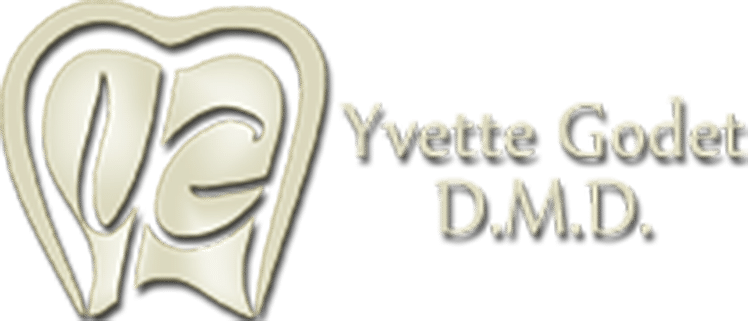What is TMD?
TMD is a cycle
Temporomandibular disorder, known as TMD, is a cycle of pain, muscle spasms, and joint imbalance where the jaw meets the skull. The lower jaw meets the skull at the temporomandibular joint, known as the TMJ. This joint connects the temporal bone of the skull with the mandible bone of the jaw. Cushioning these two bones is a thin disc of cartilage. Five muscles support the joint.
Symptoms of TMD
When the balance of these bones, cartilage, and muscles is lost, it can cause-
- Headaches
- Hypersensitive teeth, sensitive to thermal stimulus or biting pressure
- Earaches, a dull aching pain around the ear that spreads into the face Difficulty opening and closing your mouth
- Sore or painful jaw muscles
- A clicking or popping in the joint
This cycle of pain, spasms, and joint imbalance can be started by clenching or grinding the teeth, a bad bite caused by missing teeth or poorly aligned teeth, a blow to the joint, arthritis or emotional stress. Clenching and grinding will often go away once a person’s stress is reduced. In the meantime, there are other ways to break this cycle.
You can reduce muscle spasms and pain with-
- Moist heat Inflammation- reducing drugs & muscle relaxants
- Muscle Massage & A Soft Diet
- A Splint or Occlusal Guard.
Millions of people suffer from TMD. Treatment and lifestyle changes can break the TMD cycle and restore harmony to the joint.
TMD Care
Always start with a heat pack for 10 minutes and follow immediately with a cold pack for two cycles twice a day for three days.
For heat pack, fill a sock with rice and nook it in the microwave for about 40 seconds or until it is warm enough but not too hot to burn yourself. For the cold pack you can also use a sock but make sure to fill up the plastic bag with ice before putting it into the sock.
- Take 600-800 mg Ibuprofen after each meal for three days.
- Rest your jaw as much as you can. Avoid caffeine.
- Refrain your jaw from extensive wide opening and heavy chewing.
- Cut food into smaller pieces and soft diet recommended while recovering.
Three Jaw Exercises. Very useful exercise after clenching
1.Rotation:
- Hold tongue in correct position
- Monitor TMJs with index fingers over the TMJs
- Open and close your mouth stopping if you feel the condyle(ball) of the joint move forward against your fingers. Do not allow your tongue to leave your palate.
- Chewing in this shortened range is often helpful (this exercise should require you to open with about 2 finger widths, no more than that)
2. Relaxation:
- Take a slow, deep breath as you push the inside of your fingers gently against your jaw (masseter) muscles
- Let your jaw drop/sag
- Pull down gently as you let your fingers slide slowly down along your jaw muscles and at the same time let your breath out slowly
3. Stretch:
- One finger between teeth for one minute REST-REPEAT
- Two fingertips between teeth for one minute REST-REPEAT
NOTE:
Do not touch fingertips to lower teeth (can touch upper teeth) Do not use more than two fingertips width Repeat 3-4 times per day, spread sessions out over the day.
